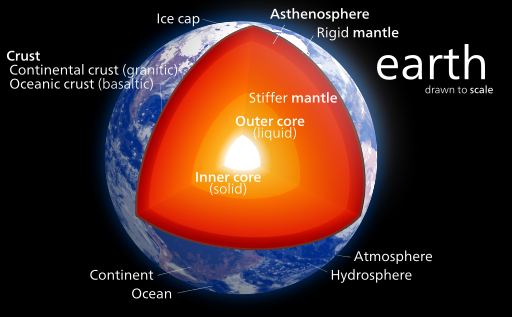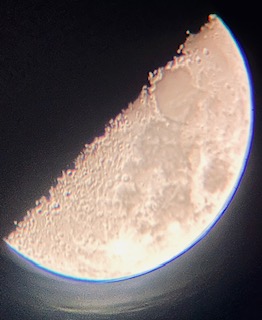The Scientific Community’s New Discovery: The Earth’s Inner Core is not Completely Solid

Kelvinsong // https://commons.wikimedia.org/wiki/File:Earth_poster.svg
Permission to use under license CC BY-SA 3.0
Since 1936 it has been thought that the Earth’s inner core was solid. Let’s recap what the inner core is made of. The inner core consists of nickel and iron. These metals both have exorbitant melting points in the two-thousand Fahrenheit range. Many people have always questioned why the metals were classified as solid because the inner core is sweltering. The inner core was believed to be solid because of the immense pressure of 52905415.59 psi (pound-force per square inch) on the core. This type of pressure overrides the temperature’s melting point. The pressure would have to be significantly lower for the metals to melt. This scientific backing proved that the Earth’s inner core was rock-solid.
However, a new scientific discovery has emerged, proving that the inner core is not completely solid. In fact, it is now described as “Superionic.” Many articles have described it as not being a solid or liquid due to discovering hydrogen, oxygen, and carbon in the core. This makes the iron and nickel remarkably lighter. The easiest way I can describe its current state is Non-Newtonian. I know some of us remember making Oobleck, a Non-Newtonian fluid. Oobleck is made out of cornstarch and water. When squeezed with monumental force, this mixture is solid. With no pressure, it is completely liquified. The reason scientists know the inner core is superionic is due to the atom structure. The iron appears completely solid. Whereas the gas-like elements circulate throughout the entire structure, creating a liquid effect.
Scientists will continue to investigate this situation and collect more data to verify this information.

Abby Chapman is in her senior year at MODG. She will pursue Broadcast Journalism in college and plans to attend law school.





